Localities pinning hopes on PDP8 to help beat the heat
Vietnam’s energy crisis has been reaching more citizens on a daily basis. Northern provinces are currently getting hit the hardest amid blazing temperatures – Hanoi hit 37 degrees Celsius earlier last week, while Son La province broke its May record at 43.3 degrees.
Almost a dozen hydropower plants, mostly based in the north of the country, ceased operations in recent days due to low water levels caused by drought. It included Vietnam’s largest, Son La Hydropower Plant, where water levels have been so low that nearby residents were even able to walk across parts of the reservoir.
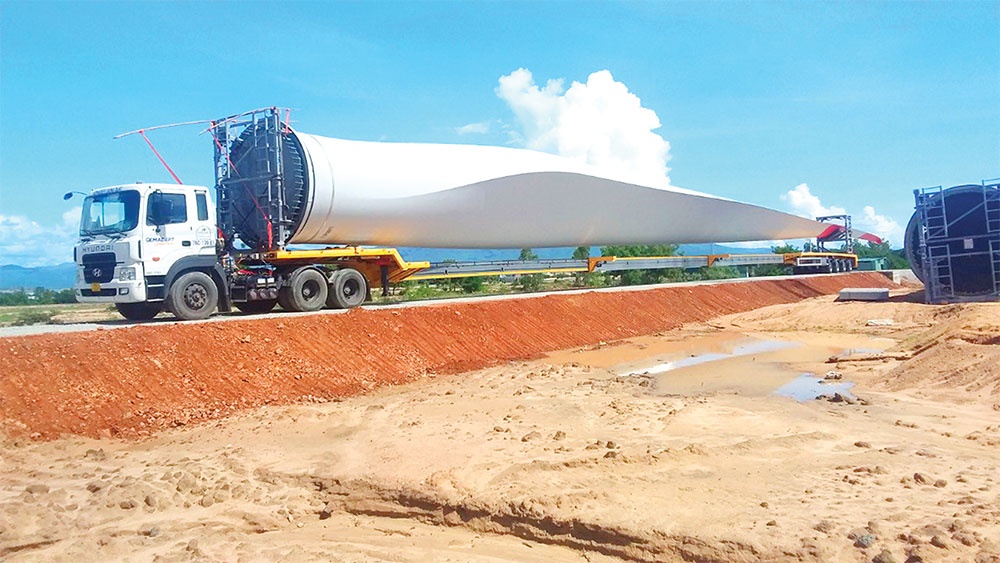 |
| Vietnam’s power plan for the rest of this decade and beyond has detail on solar, wind, hydro, and coal aspects, Photo: Le Toan |
Meanwhile, coal-fired plants have suffered from technical problems after operating at full capacity almost non-stop due to record demand.
Hydro and coal account for nearly 95 per cent of northern Vietnam’s energy supply, but hydro is running at around a quarter of capacity while coal capacity is just over three-quarters.
The impact on daily life is becoming more apparent. In parts of Hanoi, some neighbourhoods experienced unannounced 10-hour power cuts. Businesses are also being impacted, with some companies trying to start work as early in the morning as possible and finish the majority of tasks by 10am; while on June 8, a sudden power cut left almost a dozen people stuck in an elevator in the Landmark 72 tower.
Hanoians and people in other northern provinces such as Vinh Phuc have been coping by congregating in shopping centres, while tourists have been reported cancelling trips to Halong, and hotel staff have been sent out to track down and purchase expensive emergency generators. Similar issues were reported further down the country in areas like Ha Tinh province.
Last week, the Ministry of Industry and Trade (MoIT) said the northern region faces a shortfall of over 4GW of electricity and warned of outages at any time of day. Meanwhile, June is expected to deliver more above-average temperatures and below-average rainfall.
Prioritising projects
The creaking heat and efforts to circumvent it comes amid deep national economic concerns, and the north’s high-tech manufacturing sector may endure issues as well.
The leader of Bac Giang province last week chaired an online meeting with districts, cities, and more than 300 businesses in the province. Bac Giang, which is home to industrial parks for Samsung, Apple, and others, promised stable daytime power for factories.
But Reuters wrote that power cuts have already hit industrial areas of the province, along with Bac Ninh, another manufacturing neighbour. The locality has been working with the MoIT, Electricity of Vietnam (EVN), and the Northern Electricity Corporation on electricity supply.
Bac Giang is an area prioritised by EVN for electricity supply because it is the industrial production centre of the country. However, the locality noted that electricity supply is still tough to predict over the short term. Besides calling for electricity saving, the solution offered is that during the day the province will give priority to electricity for production, and at night, electricity is made priority for local families.
Early last week, Prime Minister Pham Minh Chinh also demanded “drastic measures from all stakeholders” in electricity supply, but quick solutions may be hard to track down. It was acknowledged that solar and wind energy from the south-central coast cannot be transmitted to the north, and hydropower and coal-based systems are not faring well. Therefore, the PM also called for an investigation into EVN’s electricity supply management.
Bui Van Thinh, chairman of the Binh Thuan Wind Association, said there no new power sources have been created in Vietnam over the past five years, especially in the northern provinces, causing the unbalanced supply situation.
“The Power Development Plan VII (PDP7) was not strictly followed with many power source and grid projects outside EVN’s scope, and others not implemented for many reasons, leading to power shortage risks,” Thinh said. “In addition, a number of projects such as Na Duong II, Cam Pha III, Haiphong III, the gas-electricity project chain at Block B O Mon, Blue Whale, and Son My LNG gas power plant have all been behind schedule.”
At last week’s National Assembly session, deputy Phan Thai Binh asked for clarification on how the country’s power plan will be implemented to overcome the current situation in the short and long term, while calling for a complete feasible plan from the government, in which the MoIT acts as the focal point and takes initiative.
Under the recently approved the PDP8, only coal-fired thermal projects already included in the previous PDP7 and which are under construction will be implemented. Vietnam will also prioritise domestic gas and renewable energy including hydropower, solar, wind, and biomass projects. Self-consumption wind and solar power such as rooftop solar without connecting grids are recommended.
The capacity of the transmission system is also an issue, putting more pressure on the electricity supply in the north, Binh said.
The MoIT acknowledged that the operation of the power grid still faces many difficulties. Most transmission projects are 1-2 years behind schedule, mainly due to compensation and site clearance issues on the local side. However, the investment time to build the transmission grid takes several years, while that of renewable power projects is sometimes only 3-6 months.
EVN in recent petitions to the MoIT has suggested that it soon issue a mechanism and guides to develop rooftop solar power that does not generate electricity on the grid for the on-site electricity needs of households.
More investment required
Speaking at last week’s policy dialogue on the future of electricity in Vietnam, hosted by the Australian government in Hanoi, Nguyen Duc Hien, Vice Chairman of the Central Economic Commission, commented on the need for rapid and strong policy.
Hien called for clarification on the role of the subjects in the energy transition; especially the role of the domestic private sector and foreign-invested enterprises in the development of electricity and energy in general. “Vietnam needs to consult international experience as well as industry experts to realise these goals,” he suggested.
Meanwhile, Australian Ambassador to Vietnam Andrew Goledzinowski said, “We are both hungry to accelerate the energy transition. Australia aims to have more than 80 per cent of its power through renewables by 2030 and we are investing heavily to upgrade our grids and better coordinate market reforms across our jurisdictions. Meanwhile, Vietnam has greenified its PDP8 in line with its COP26 commitments and is making it easier for the international community to support its transition.”
While the move towards low-emission and renewable energy sources is a trend on the way to net-zero for all nations, it is also a reality that more investment will be required towards clean sources of electricity.
The cost required to implement the PDP8 for this decade is estimated to be $128.3 billion, of which $95.4 billion is to be used for power source development while $32.9 billion is to be invested in grid construction and management. The figure is calculated to reach $192.3 billion by 2045.
“Electricity price is a decisive factor for an investor to consider,” said Bui Xuan Hoi, an energy economist and the rector of the Northern Electricity College.
“Vietnam in the past has attracted tens of billions of dollars in investment from both global and local companies because of the feed-in tariff (FiT) mechanism for solar and wind energy. But without a competitive pricing mechanism, it will not be possible to attract investment in the electricity sector,” Hoi said.
For instance, Vietnam witnessed a boom for solar and wind thanks to its FiT two years ago, however due to a gap in policy, several GWs of solar and wind projects simply treaded water. Currently, both EVN and investors are trying to sit together to find the solution to assist transitional projects that failed to meet the commercial operation date back in November 2021.
In addition to electricity prices, an issue that is equally awaited by energy project investors is the pilot mechanism for direct electricity purchase and sale between renewable energy generators and large electricity users. Nguyen Tuan Anh, deputy director of the Department of Electricity and Renewable Energy under the MoIT, acknowledged that this was still in the process of drafting.
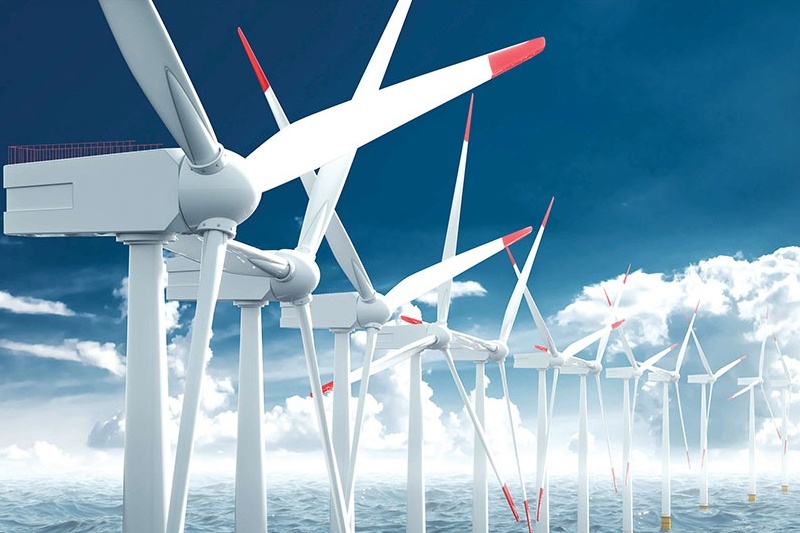 | PDP8 officially authorised: 2050 approach The objective of the Power Development Plan VIII (PDP8) is to aggressively develop renewable energy sources for electricity generation. By 2050, the proportion of renewable energy is projected to have reached 67.7-71.5 per cent. |
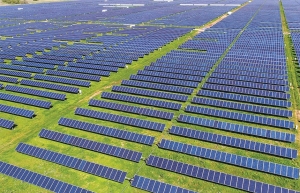 | Power overhaul plan picks up steam The newly approved Power Development Plan for this decade heads up a charge to adhere to Vietnam’s strong commitments to net-zero, but there is still an enormous amount of work to be done. |
 | A well-planned greener transition through PDP8 Vietnam’s new energy strategy towards 2030 lays down the path for electricity development for this decade and with a vision to 2050, in accordance with its international climate combat commitments. |
 | Power plan a leap in the right direction for 2050 ambitions Vietnam’s Power Development Plan VIII (PDP8) will enable the power sector to align with the nation’s international commitments, including the Just Energy Transition Partnership. It is the dawn of green and sustainable development for the sector, with the hope of restarting pending power projects and contributing to net-zero commitments by 2050. |
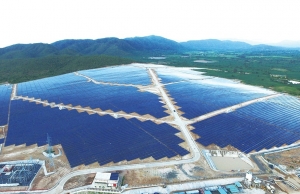 | Wheels begin to turn for energy plan The newly approved Power Development Plan VIII could open up new space for the country to realise its green path and eliminate bottlenecks in deploying renewable energy. |
What the stars mean:
★ Poor ★ ★ Promising ★★★ Good ★★★★ Very good ★★★★★ Exceptional
 Tag:
Tag:
Related Contents
Latest News
More News
- Reduction and recycling contribute to effective water stewardship at BAT Vietnam (May 03, 2024 | 10:31)
- Rooftop solar power puts IPs on the map (April 30, 2024 | 16:00)
- Nestlé Vietnam promotes initiatives on emission reduction (April 26, 2024 | 17:25)
- TCP Vietnam promotes sustainable development (April 26, 2024 | 16:55)
- Outlook positive for Vietnam's wind power (April 23, 2024 | 14:17)
- Australia and Vietnam to develop competitive electricity market (April 19, 2024 | 18:31)
- Sustainability Economics working with ACI to phase out coal (April 19, 2024 | 14:42)
- The keys to a just energy and coal-fired transition (April 17, 2024 | 10:41)
- New USAID and Standard Chartered deal promotes clean energy in Vietnam (April 17, 2024 | 08:00)
- Global aid for energy transition ramps up (April 17, 2024 | 08:00)



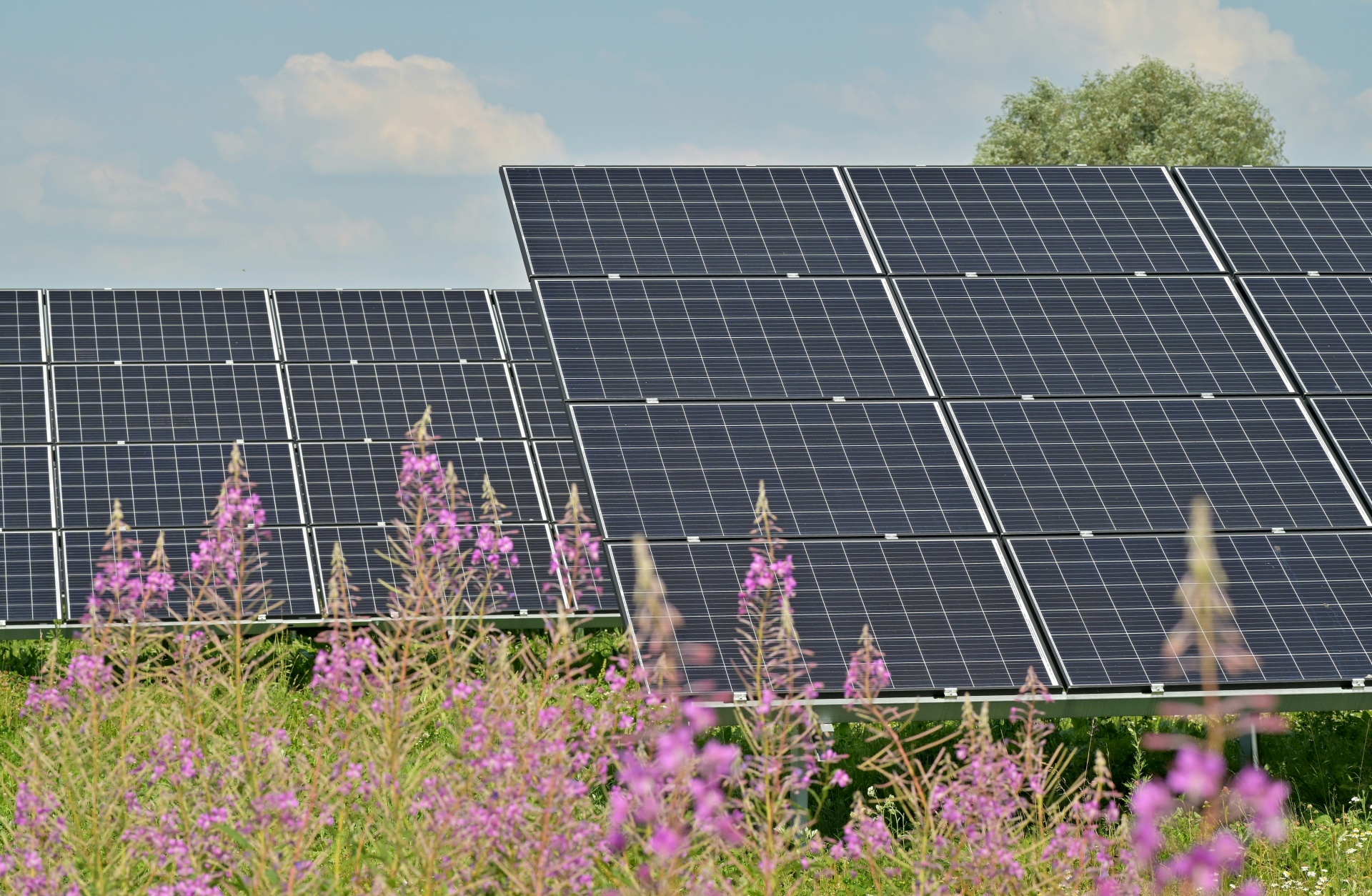
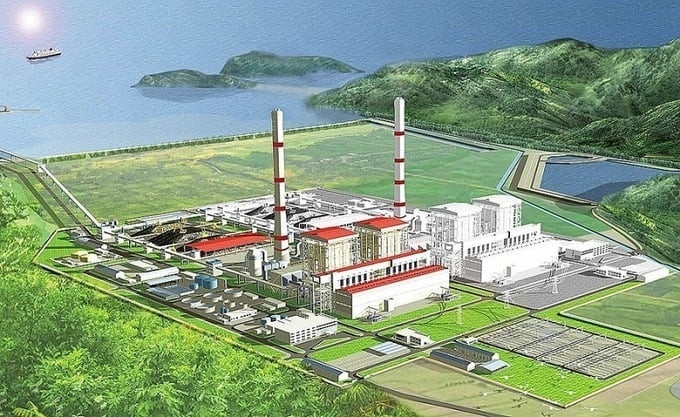
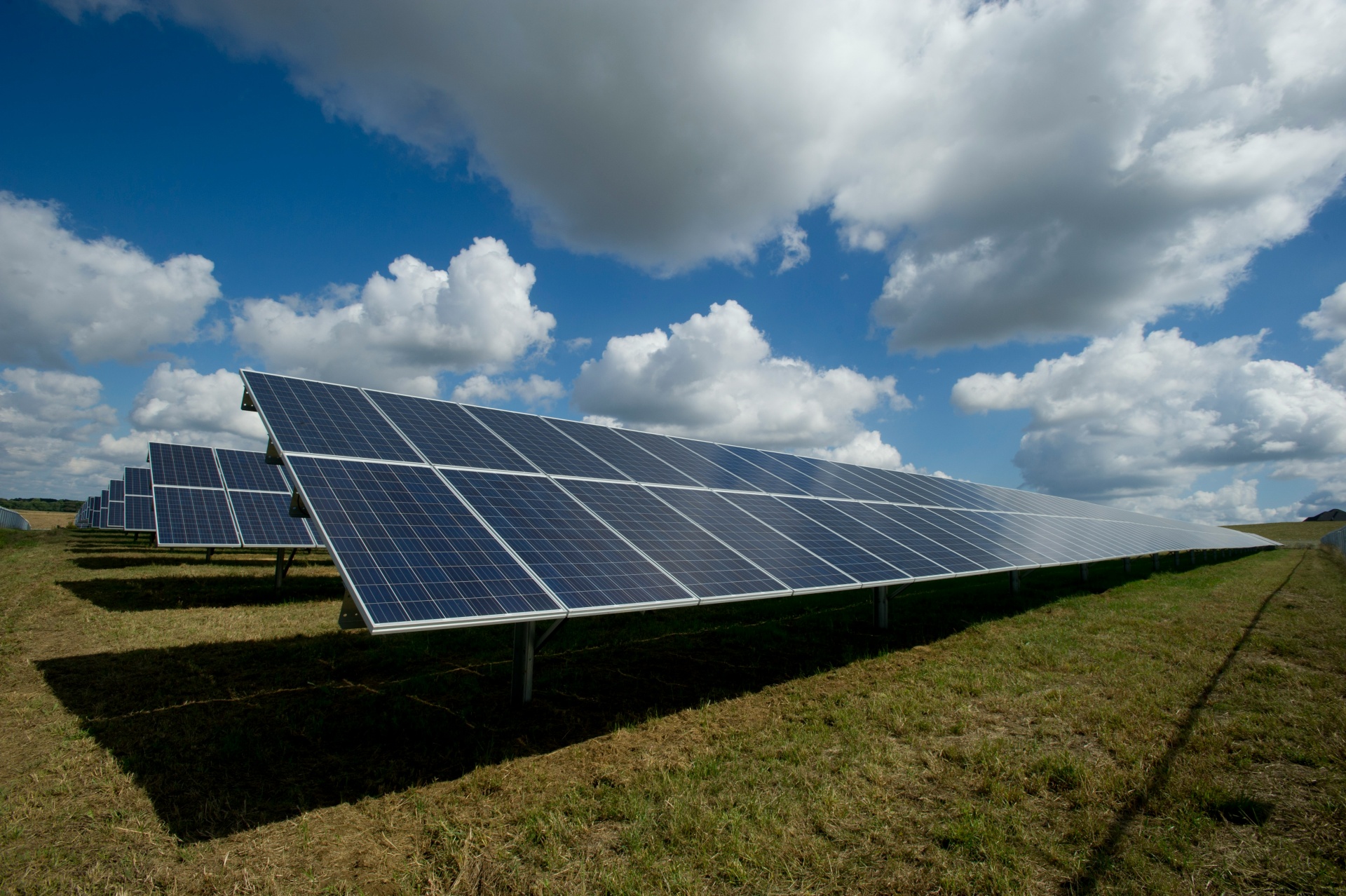
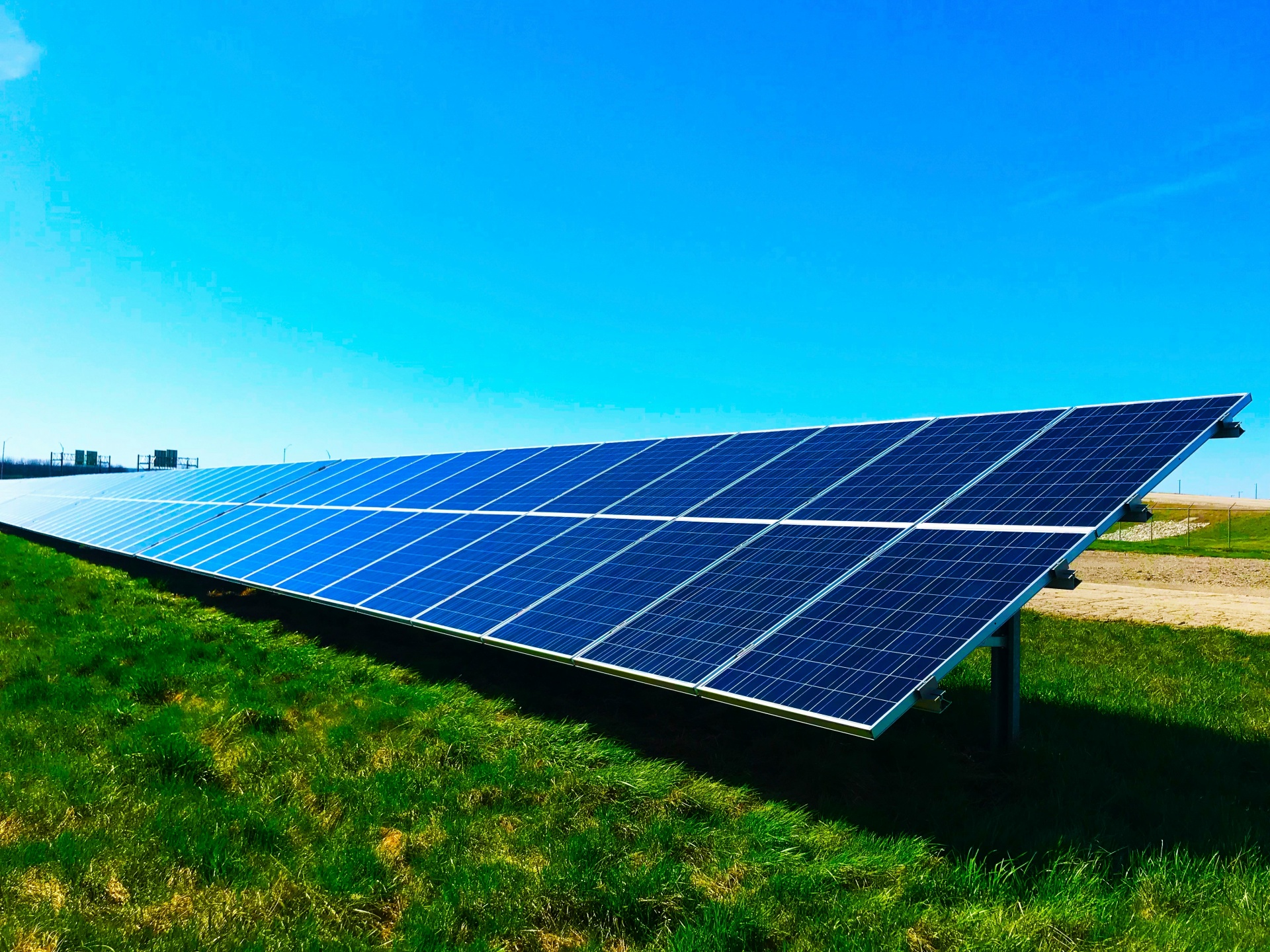
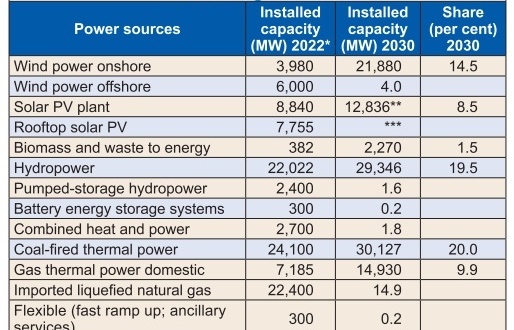
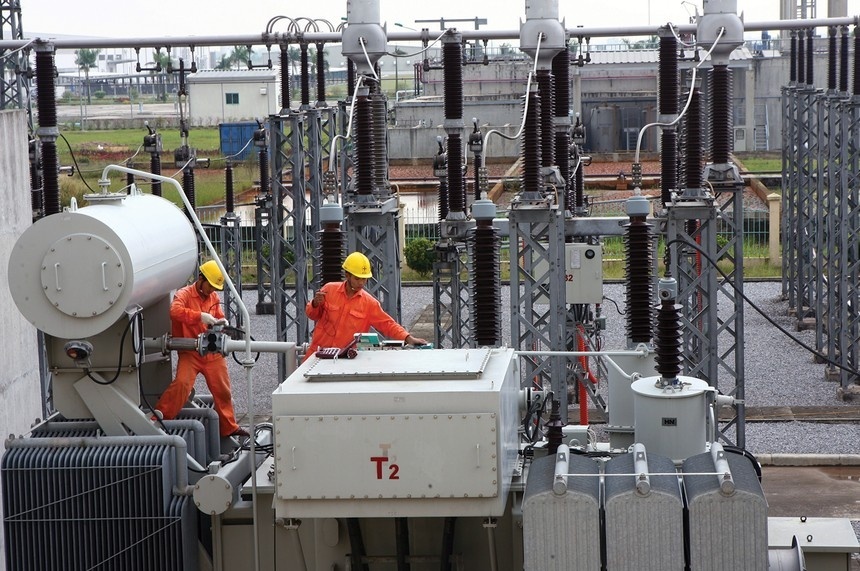
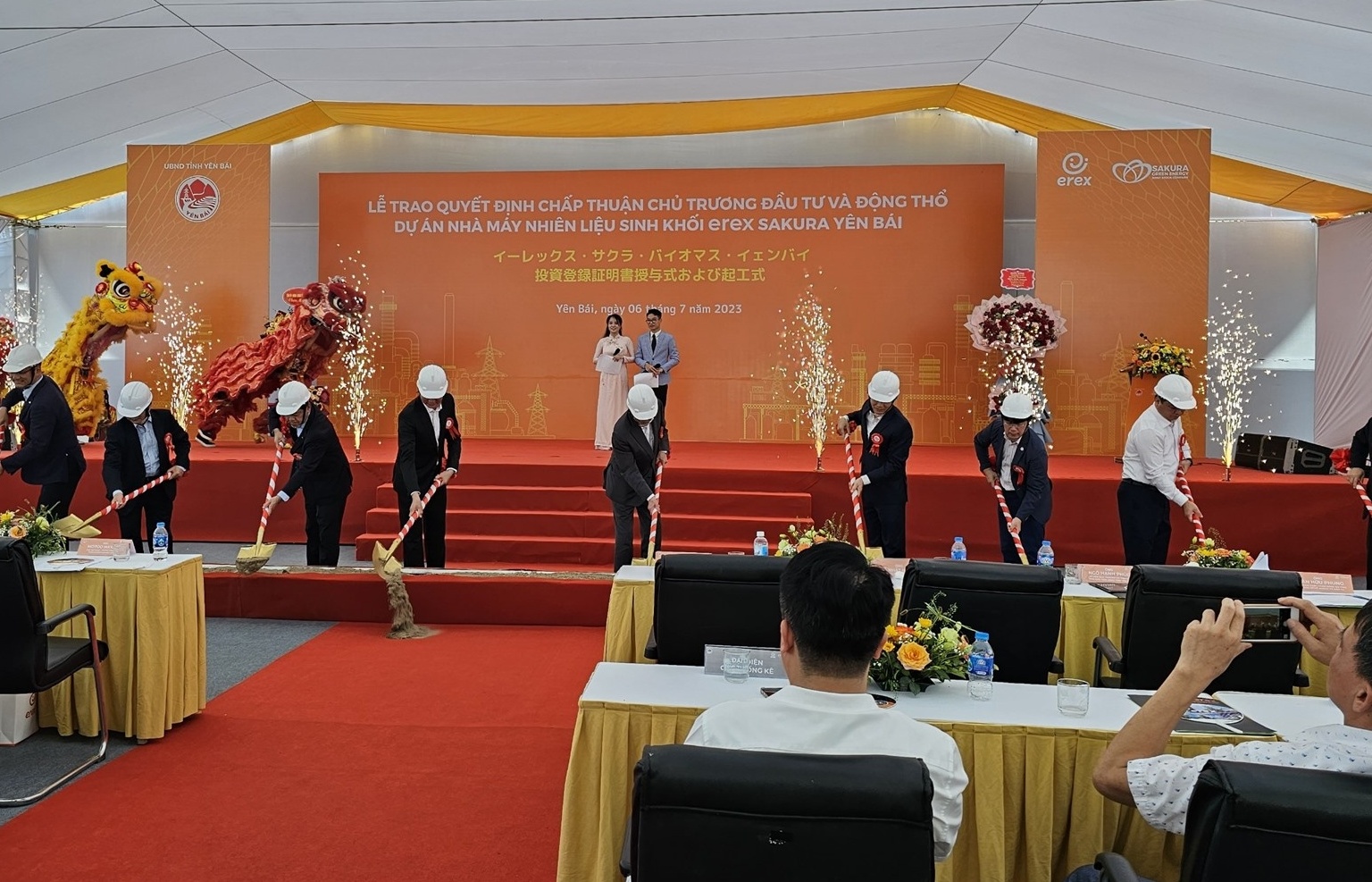



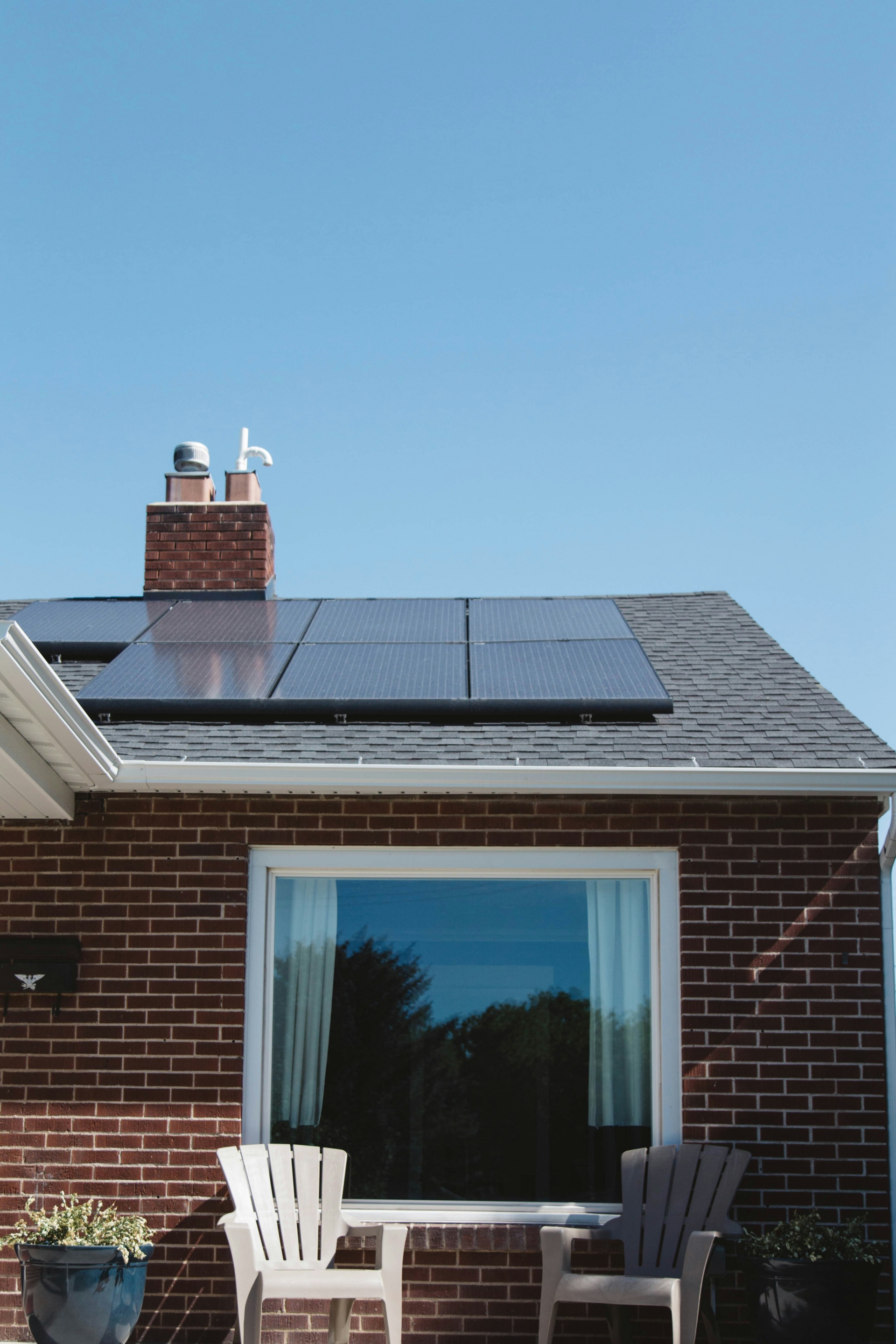


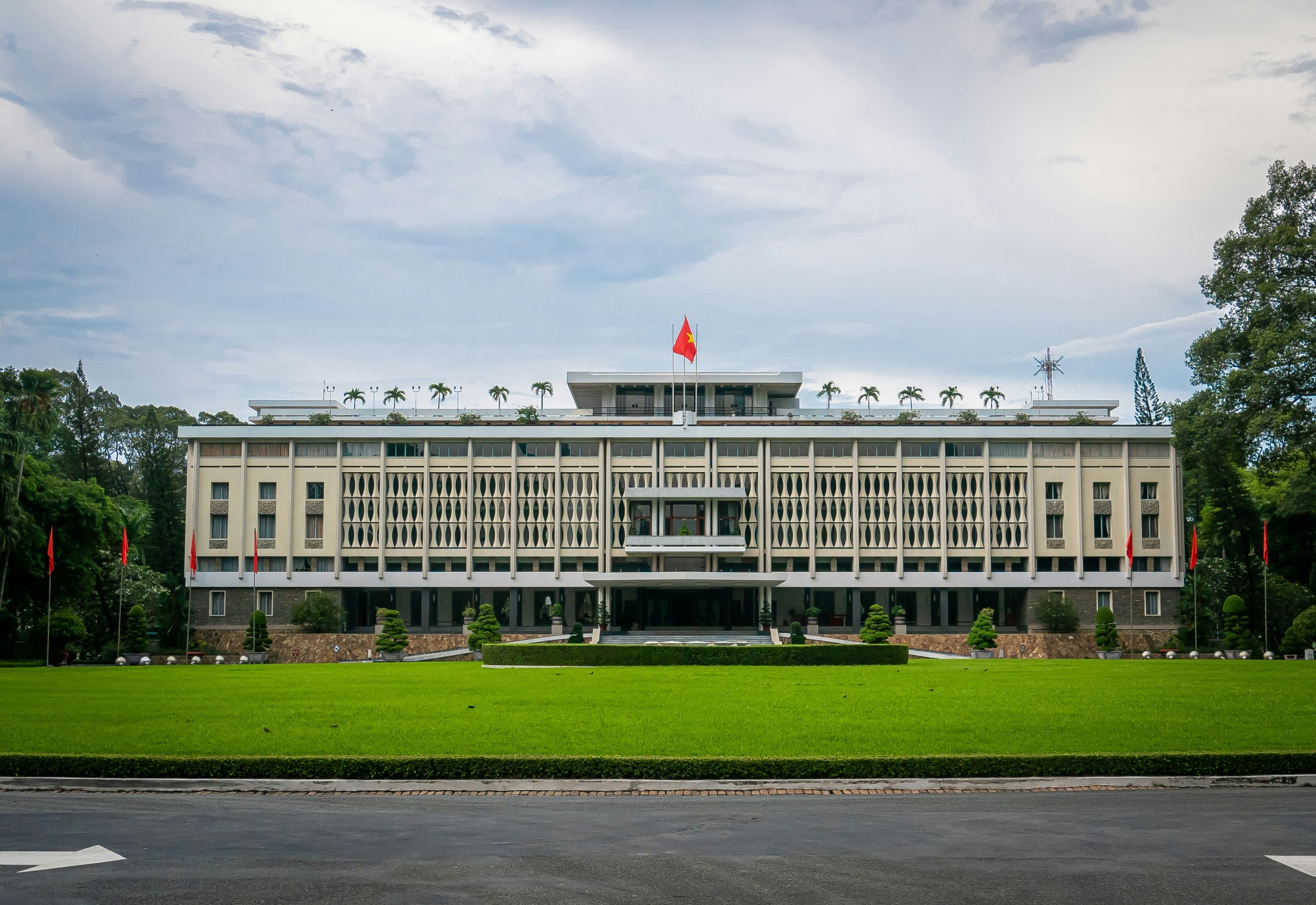

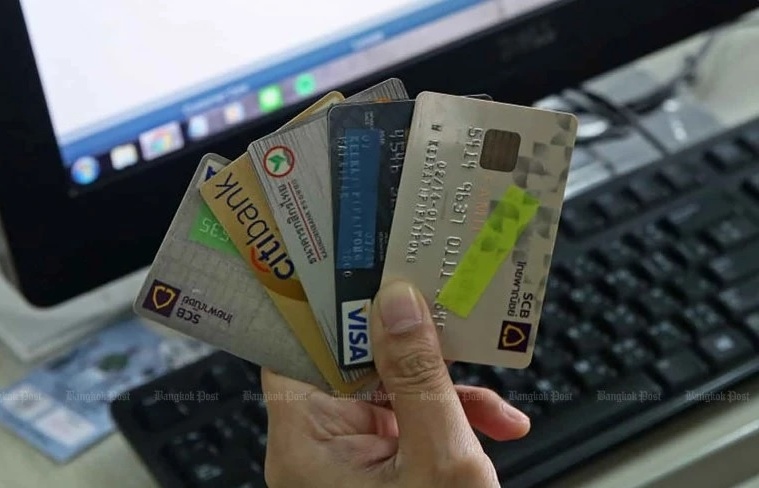




 Mobile Version
Mobile Version